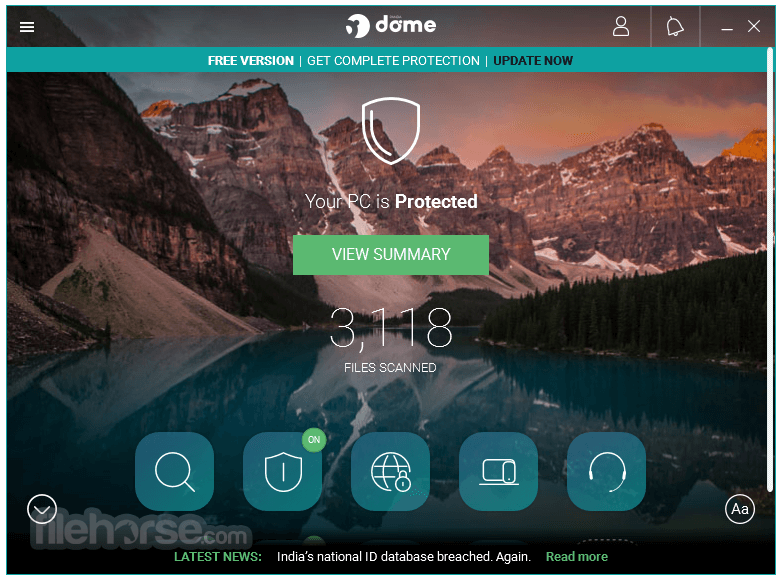Setup Android Emulator on Mac OS X. The purpose of this section is to guide you to create in your development environment an Android emulator. Android emulators are managed through a UI called AVD Manager. AVD Manager has a nice interface when started from Android Studio. Start Android Studio app, then create a blank project. Setup Android Emulator on Mac OS X. The purpose of this section is to guide you to create in your development environment an Android emulator. Android emulators are managed through a UI called AVD Manager. AVD Manager has a nice interface when started from Android Studio. Start Android Studio app, then create a blank project. Thanks to the plug-in, you can integrate this program with Android Studio as well. Check Out Genymotion (free trial, $136/year) #5 Andy — a Smoother Workflow. Last but not the least, Andy is another way to run Android apps on Mac. However, compared to all emulators we’ve listed above, Andy offers a smoother workflow. No emulators at this point. IntelliJ has some lags in performance on M1 (because it is not native, and Intel built), but feels pretty usable. Yes, Android Studio and the M1 emulator are working. However keep in mind that sometimes Android Studio will start pushing to Swap massively about 1 hour of work in. Every time it will convert your whole code to machine-level language, and then it will launch the application again. That’s why it takes a lot of time. To deal with this problem, Google has now made a button available in Android Studio. Using this allows the emulator to convert the only newly added code to the machine-level language.
- Android Studio Emulator Mac M1
- Mac M1 Android Studio Emulator
- Android Studio Install Emulator
- Mac Android Studio Emulator Free
- Mac Android Studio Emulator Path
- Android Studio's Official Android Emulator
- Using Android Studio Emulator
The purpose of this section is to guide you to create in your development environment an Android emulator.
Android emulators are managed through a UI called AVD Manager
AVD Manager has a nice interface when started from Android Studio.
Start Android Studio app, then create a blank project.
Go to the Tools menu -> :Android -> AVD Manager:
If no emulator has been created you should start with this screen:
Click the Create Virtual Device button.
In the Select Hardware window , select Nexus 5 as shown in the following snapshot:
Click the Next button.
In the System Image, select the system image Nougat, API Level 25 , ABI x86 :
Android Studio Emulator Mac M1
Click on the download link to download the selected System Image. This download process is done through SDK Manager.
Once the download is complete, click on the Next button.
In the Verify Configuration window, check any parameter :
Mac M1 Android Studio Emulator


Then click on the Finish button.
Android Studio Install Emulator
AVD Manager shows you the newly created device:
Click on the launch button to launch the newly created AVD in the emulator.
Notice in the Run Window of Android Studio the command line used to start the device:
which can be shortened to :
How to start Android Emulator from Terminal?
Mac Android Studio Emulator Free
Stop the emulator started by Android Studio. Open the Terminal app and type the following command:
Mac Android Studio Emulator Path
This should start the emulator with the selected AVD.
Android Studio's Official Android Emulator
